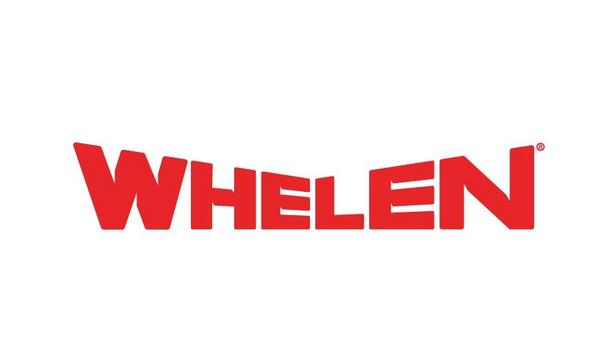The high-reach extendable turret, also known as the HRET in the firefighting industry, provides ARFF firefighters with countless benefits to enhance any aircraft rescue and emergency response experience on the runway.
With its proprietary Oshkosh® Snozzle® HRET, Oshkosh Airport Products is aware of the advantages of an HRET on aircraft rescue and firefighting (ARFF) vehicles, and we wanted to share the top four with the user.
1. The HRET Can Pierce an Aircraft Fuselage
During an emergency response situation, there are two main types of aircraft users will come in contact with a passenger plane or a cargo plane. The HRET's piercing nozzle offers advantages for both types of planes.
- Passenger Aircraft: A high-reach extendable turret can pierce a passenger aircraft fuselage and spray suppressing agent to knock down the fire and lower the interior temperature to reduce the risk of a flashover. Flashpoints are a huge threat, especially for the first-entry responder. Using an HRET significantly reduces this risk before the first entry.
- Cargo Aircraft: Having a penetrating nozzle or tip extension, such as the one that can be added to the Snozzle, allows the user to reach the source of the fire in a cargo container, penetrate the fuselage, and continue to infiltrate the cargo container, and discharge agent.
An HRET for ARFF vehicles also allows airport rescue firefighters to pierce a wide array of materials encountered on or in an aircraft, including new materials, such as carbon fiber laminates. For example, proportional hydraulic control for the hydraulic cylinder on the Snozzle allows firefighters to pierce through the aforementioned modern aircraft materials easily.
2. HRET Can Distribute Water and Secondary Agents
While trying to put out a fire, sometimes areas on an aircraft are unreachable due to pesky angles. A high-reach extendable turret allows users to accurately and easily put water and secondary agents onto fires from angles otherwise impossible or difficult.
This advantage of the HRET can help firefighters attack a fire from both a high attack and a low attack position.
- High Attack: Positioning an HRET in the high attack position allows the user to discharge from a safe standoff distance away from the fire. Instead of discharging a water stream upwards at the fire, the user can raise the HRET to discharge water at the same level.
- Low Attack: An HRET deployed in the low attack position can easily reach and extinguish common landing gear fires. The HRET can stretch below the height of the vehicle to spray water or secondary agents up into the engine or another area on the bottom of an aircraft.
Another advantage of an HRET is its ability to be repositioned without moving the ARFF vehicle. This range of motion allows aircraft rescue firefighters to attack any aircraft fire from multiple angles quickly and effectively.
3. The HRET Helps Preserve Fire Extinguishing Agent
Firefighters can strategically position the HRET to target specific areas of the aircraft
Firefighters can strategically position the HRET to target specific areas of the aircraft, allowing for a more focused and efficient application of fire extinguishing agents.
This precision control and strategic application eliminates 'raindrop' application from occurring, which is when overspray from wind occurs and results in a wasted agent.
4. The HRET Improves Aircraft Rescue Firefighter Safety
Safety is always the number one concern when responding to an emergency on the runways. Multiple factors can affect the protection of the user or a comrade.
An HRET for ARFF vehicles allows firefighters to maintain a safer distance from potential hazards and improves visibility. Rather than going into an aircraft or structure, the first entry can be accomplished with the ARFF vehicle’s HRET.
Camera features
An HRET can be equipped with optional forward-looking infrared (FLIR) and color camera attachments
An HRET can be equipped with optional forward-looking infrared (FLIR) and color camera attachments, allowing the user to look inside and assess the situation.
Users can also immediately begin discharging water, foam, or chemical agents. These camera features can be lifesaving if the emergency is not what the user had initially assessed or if something unexpected happens.
Oshkosh Snozzle HRET
Oshkosh Airport Products is always finding innovative ways to enhance the key features of ARFF vehicles.
The Oshkosh Snozzle HRET is designed to arm aircraft firefighters against the greatest fire threats on the runways. This powerful firefighting tool allows firefighters to attack from every angle, all while never having to leave the ARFF vehicle cab.















